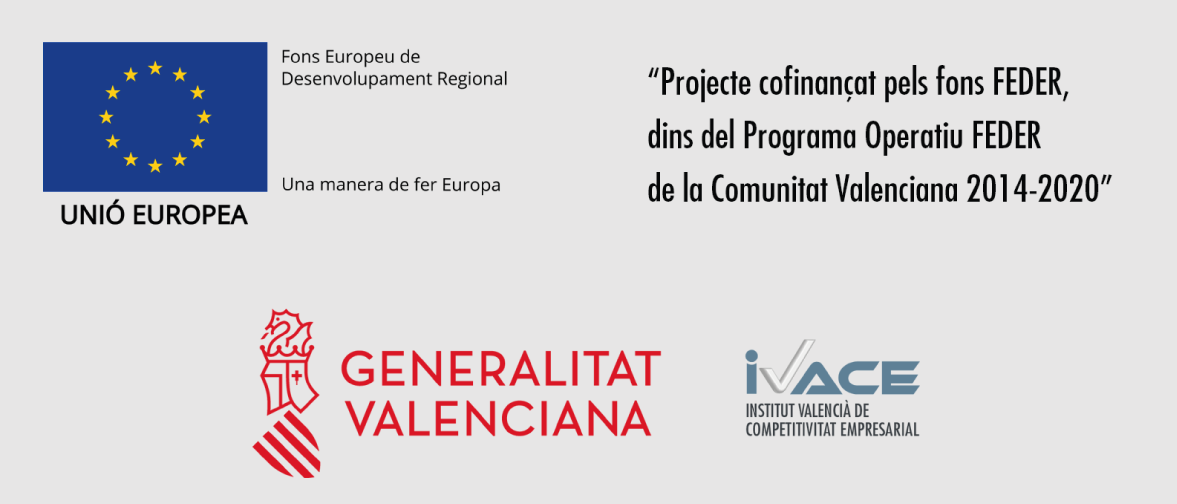2.2. - MAPPING & COUNTING PROTOCOL
In this tutorial, we perform mapping in two ways:
-
Mapping the reads against the reference genome to capture overall alignment using Hisat2 (Kim et al., 2015).
-
Mapping the reads against the transcriptome to directly quantify transcript expression levels using Bowtie2 (Langmead and Salzberg, 2012).
Both approaches utilize the same set of 9 fastq files (BI1 to BI5 and BC1 to BC4).

